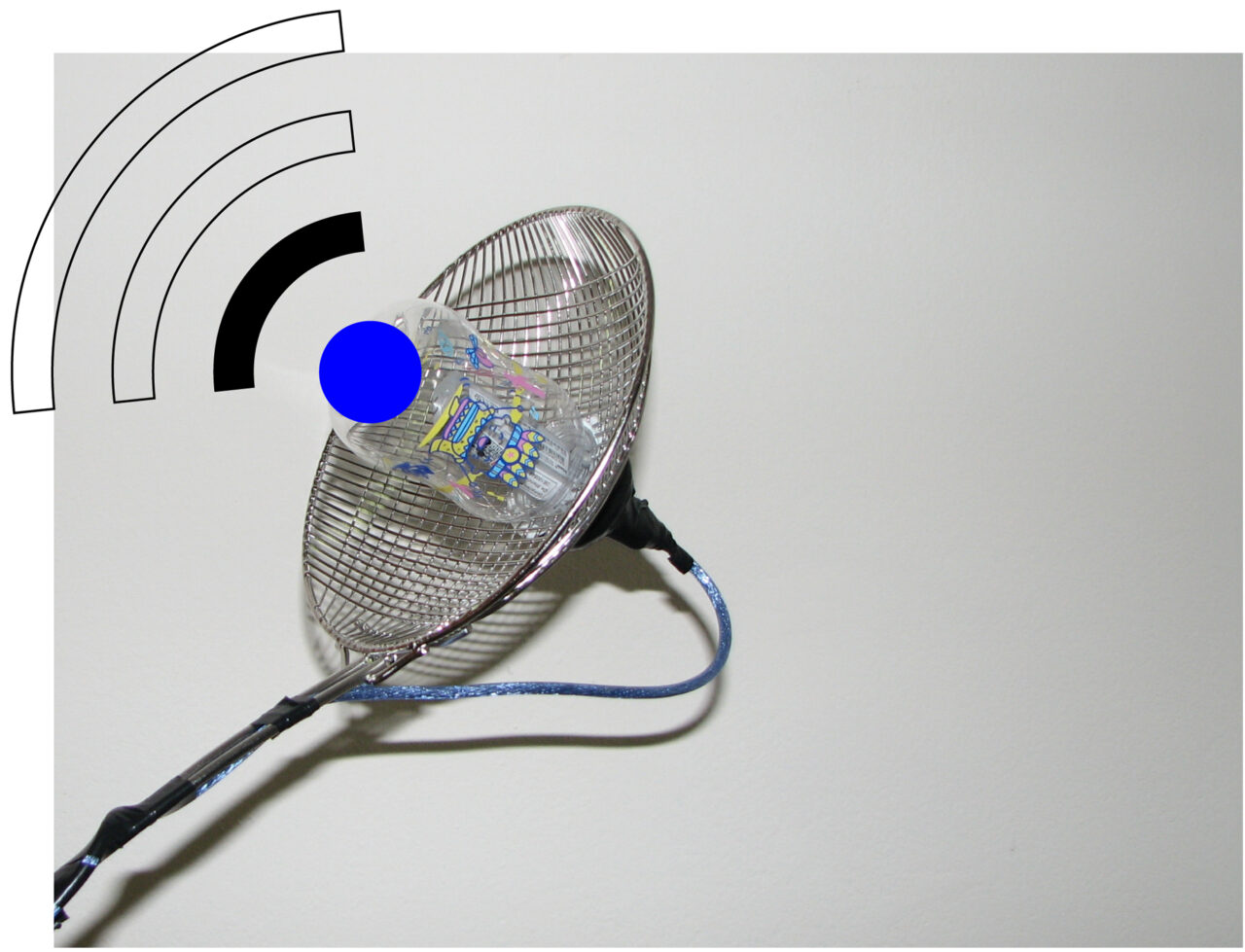Tools of Communication
An evolving online database classifies examples of human communication, aligning anachronistic tools and systems that answer similar wills or needs, but with a different technology and context.
An evolving online database classifies examples of human communication, aligning anachronistic tools and systems that answer similar wills or needs, but with a different technology and context.
Tools of Communication is an evolving database of communication stories accessible through multiple-choice sentences. The parameters of communication -space, time, message, medium and recipient, as well as constraints- can be changed to explore the database of communication stories, through their specificities. This process, through deconstructing the different phases of communication, highlights the underlying choices we make while establishing a communication, and the challenges faced when the usual means of communication are not accessible.
Marshall McLuhan states in the Medium is the Massage: An Inventory of Effects: “We become what we behold. We shape our tools and then our tools shape us.” In the field of communications, technology has progressively removed constraints of time and space, allowing us an instantaneity in the way we exchange information across the world. By acknowledging the importance of a communication medium, we recognize the importance of design decisions on the lives of users, alongside potentially wider implications.
In the case of social media for example, how does the medium become more important than the message? When communication becomes instantaneous and unlimited, the amount of information we receive through our feed is too large to be meaningfully consumed. Our attention needs to be caught. Messages and information become shorter, faster and more visually impactful. We most likely remember what stands around the message (or stands out from it) – the platform, the person that posted it, the main keywords of the title, or the associated image – rather than its precise content. The instantaneity of the format, affects the accuracy and veracity of the message itself.
Beyond influencing the shape of the message, social media also contains structural bias. In the wake of the recent United States election results, social media platforms such as Twitter and Facebook where pointed to as becoming echo-chambers and filter bubbles. With algorithms adapting the content to users interests, a newsfeed becomes a curated selection of chosen interests, preventing the experience of different or opposing ideas. A dual feed webpage created by the Wall Street Journal illustrates this problem.
We are interested in communication stories where the tool – or the medium – is an essential part of the communication for technical, political or sociological reasons. Behind these stories of communication appear contemporary topics, such as technology addiction, data privacy, censorship, propaganda, but also technological disobedience, protest, counter communication, resistance and survival. The stories reveal a human capacity to adapt to a changing technological environment, to create new tools or modify existing ones. They also reflect the power behind communication methods, and how they are constantly reshaping our societies.
Communication stories will be constantly added to the database over the coming weeks. Stay tuned for updates and new discoveries.
Web Development Thomas L’huillier
Graphic Design Laura Messaglio
Thanks Sam Baron, Angelo Semeraro
Coralie Gourguechon is an interdisciplinary designer and researcher, with a focus on communication tools and systems. She aims to deconstruct technology, both on a physical and semantic level. Her work around electronic and digital devices brings a transparency to technological objects, through revealing there inner workings and conception.
Fabrica is a communication research centre. It is based in Treviso, Italy, and is an integral part of the Benetton Group. Established in 1994 from a vision of Luciano Benetton, Fabrica offers young people from around the world a one-year scholarship, accommodation and a round-trip ticket to Italy, enabling a highly diverse group of researchers.


